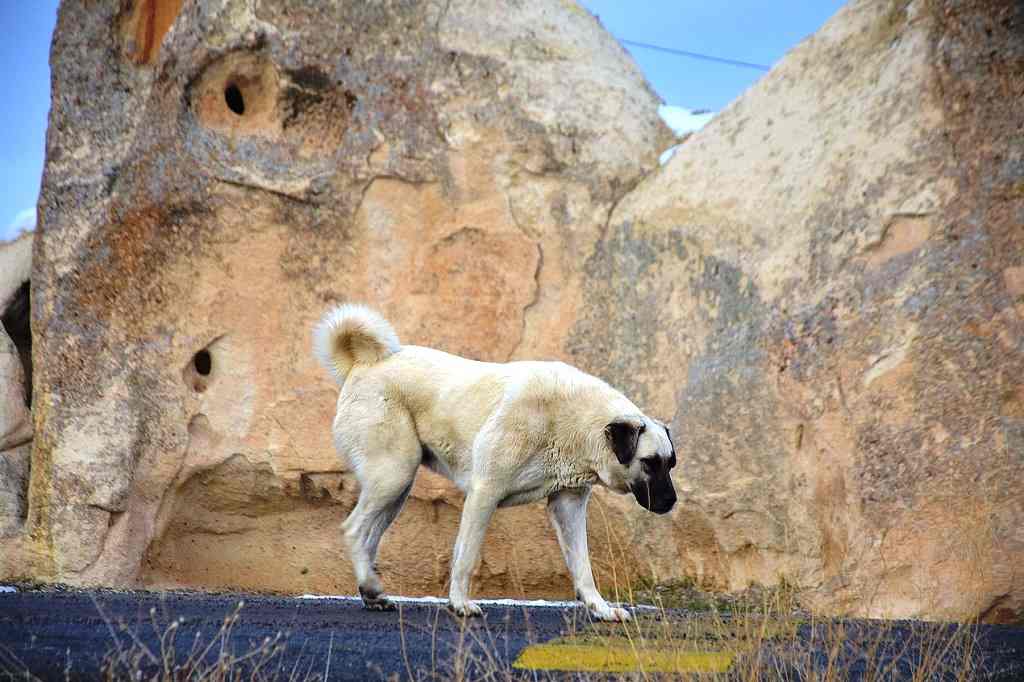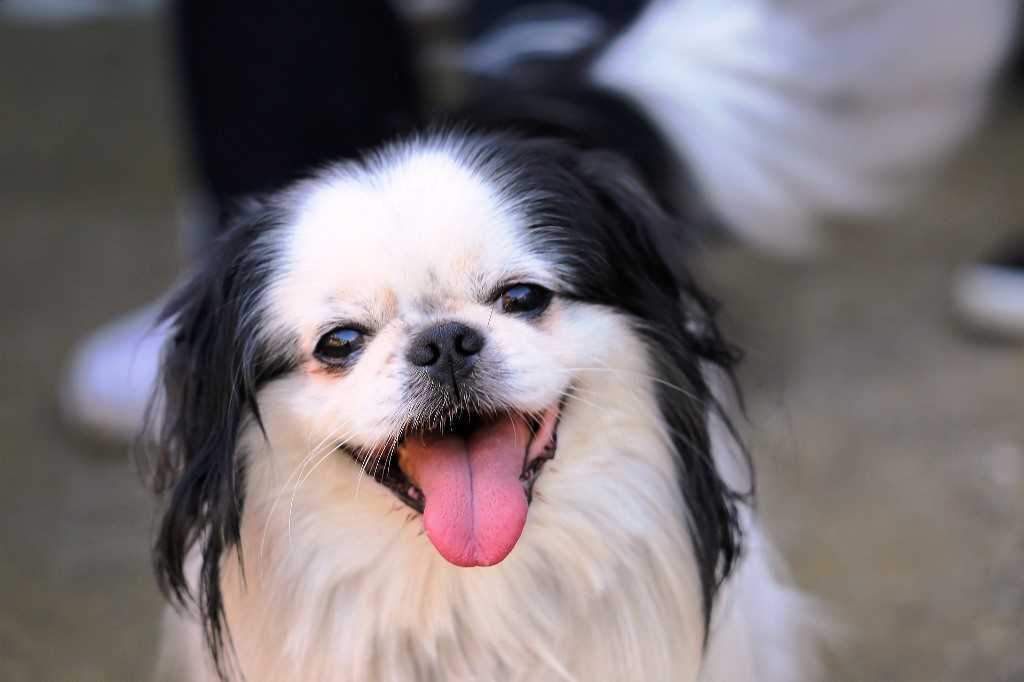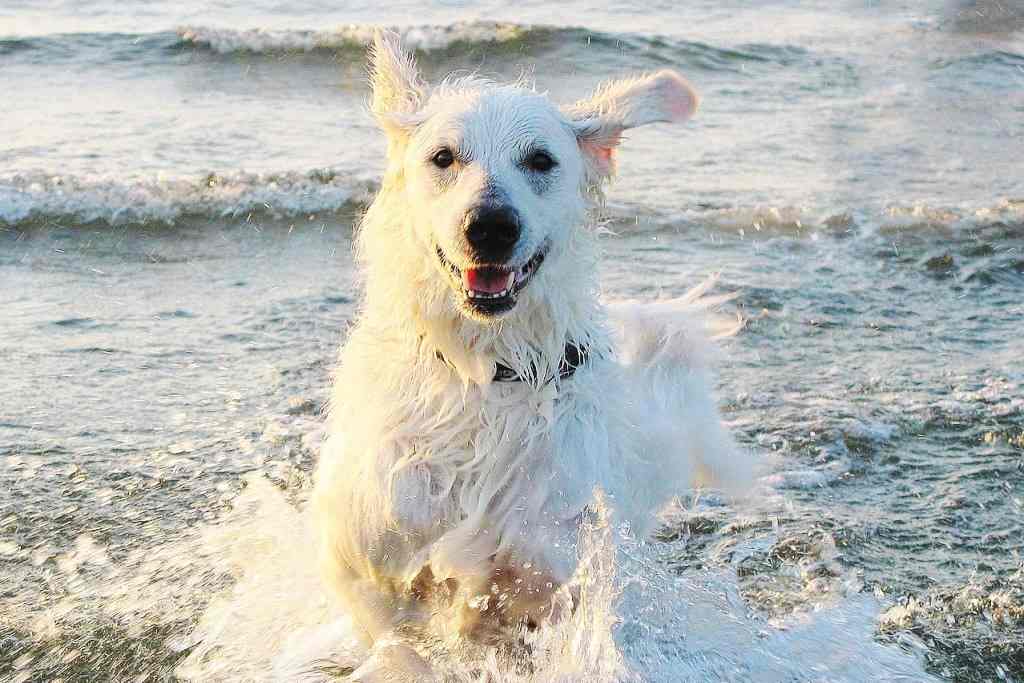The origins of the Kangal dog breed are very ancient. It comes from Turkey, specifically from the province of Sivas, in the Kangal district from which it takes its name, but its ancestors are believed to have been imported to Turkey from Mesopotamia (present-day Iraq), during the Babylonian era. Its striking resemblance to the Assyrian war dogs depicted on the bas-reliefs of the Assurnanipal palace in Nineveh, in present-day Iraq, has been noted.
In Turkey, the breed was then developed and improved to suit local needs. In fact, efforts were made to create a dog capable of withstanding extreme climatic conditions. In those areas, in fact, the summers are very hot and very dry and the winters very cold.
Its large size, courage and determination make it a perfect defence dog, which is not afraid of anything and does not retreat in the face of any threat or danger. It is therefore a perfect shepherd dog, and is in fact mainly used for this. It does not lead the flocks, but defends them, and accompanies them on journeys over great distances. It is therefore used to walking a lot and also at high altitudes.
The kangal in Turkey is considered a national symbol and also recognised as one of the most powerful and strongest dog breeds in the world. For now, it is not very well known, but while in its homeland it is mainly used as a shepherd dog, in the rest of the world it is gaining more and more popularity as a companion and defence dog.
Character of the kangal dog breed
Despite its docile, affectionate, intelligent and calm character, this dog is not suitable for everyone. It is used to working in the absence of its owner even for several days, so it has developed a strong and independent character. It is therefore capable of making autonomous decisions, but always in proportion to the real seriousness of the threat. It is a typical guard dog, so it shows a natural mistrust of strangers, but only until it is certain that they are well accepted by their master.
The kangal is also a very affectionate and devoted dog towards its owner and family, and is able to develop strong emotional bonds with them. This breed is usually very good with children and other pets with whom it lives in harmony. But all this is subject to good early socialisation and appropriate education to prevent them from becoming overprotective, aggressive and uncontrollable.
It is therefore not an easily trainable dog, in fact it is recommended for an experienced owner who has the ability and time to provide the training, exercise and stimulation it needs. It is therefore absolutely not a flat dog and needs a lot of space, both because of its size, which is very large, and because of its attitude to the outdoors, to which it has always been accustomed. So he needs to live with a family that spends a lot of time outdoors, in nature, in isolated, quiet places. And possibly live in a very large but fenced-in place; one must also consider that this breed is very prone to digging holes.
As for his temperament, although he is serious and determined, he is also very affectionate towards his human companion, but does not like much physical contact and prolonged cuddling. If he is not socialised in the right way, he can have problems with strangers and with dogs especially of the same sex.
Appearance of the kangal dog breed
The kangal is a large breed dog, the height at the withers of a male ranges from 75 to 85 centimetres and weighs between 50 and 70 kilograms, there have been examples that have reached around 100 kilograms. The female usually a little less.
Its appearance is imposing and majestic, with a well-proportioned and muscular body, broad shoulders and a deep chest. It is compact and endowed with great speed; in fact, despite its large and imposing stature, the kangal is agile and surprisingly strong. The tail is long and thick, carried high when alert, and curled back especially in males.
The head is imposing, the skull is flat, very broad and with a slightly elongated muzzle. The truffle is large, black or brown in colour. The eyes, in proportion to the head are small and dark, well spaced out and almond-shaped. They are very expressive and deep-set. The ears are medium-sized, triangular, with a rounded tip and hang down at the sides of the head. They are held high when the dog is in attention.
The most important characteristic of this breed is the coat; it is in fact the coat that allows us to distinguish a Kangal from an Anatolian shepherd. In the Kangal it is short and very thick, with a rather dense and thick undercoat. It has a length of 3 to 7 centimetres and a strong, rough texture. The hair length is longer on the neck and shoulders, especially in subjects living in cold environments.
The traditionally fawn colour is generally single-coloured and, in addition to fawn, grey or white can also be found. The coat may also have white spots on the chest and paws. There is a usually black or very dark mask on the muzzle and the ears are also darker.
Care and health of the kangal dog breed
The kangal is a decidedly rustic dog with few needs. It is decidedly robust and usually lives in excellent health beyond the age of 14. It requires a lot of physical activity and appreciates long walks in the mountains, making it a good hiking companion. Like all dogs of this size, in addition to the most common diseases he may suffer from lipomas, gastric torsion, hip or elbow dysplasia and entropion.
As far as coat care is concerned, it does not require any special care, regular brushing and a periodic check of the coat for parasites will suffice. During the moulting period, however, it would be preferable to brush it every day.
As far as feeding is concerned, he requires a healthy and complete diet that allows him to maintain his ideal weight. One must also consider that he has rather important nutritional needs, given his size, so before adopting him, one must also think about the economic aspect of his maintenance.


